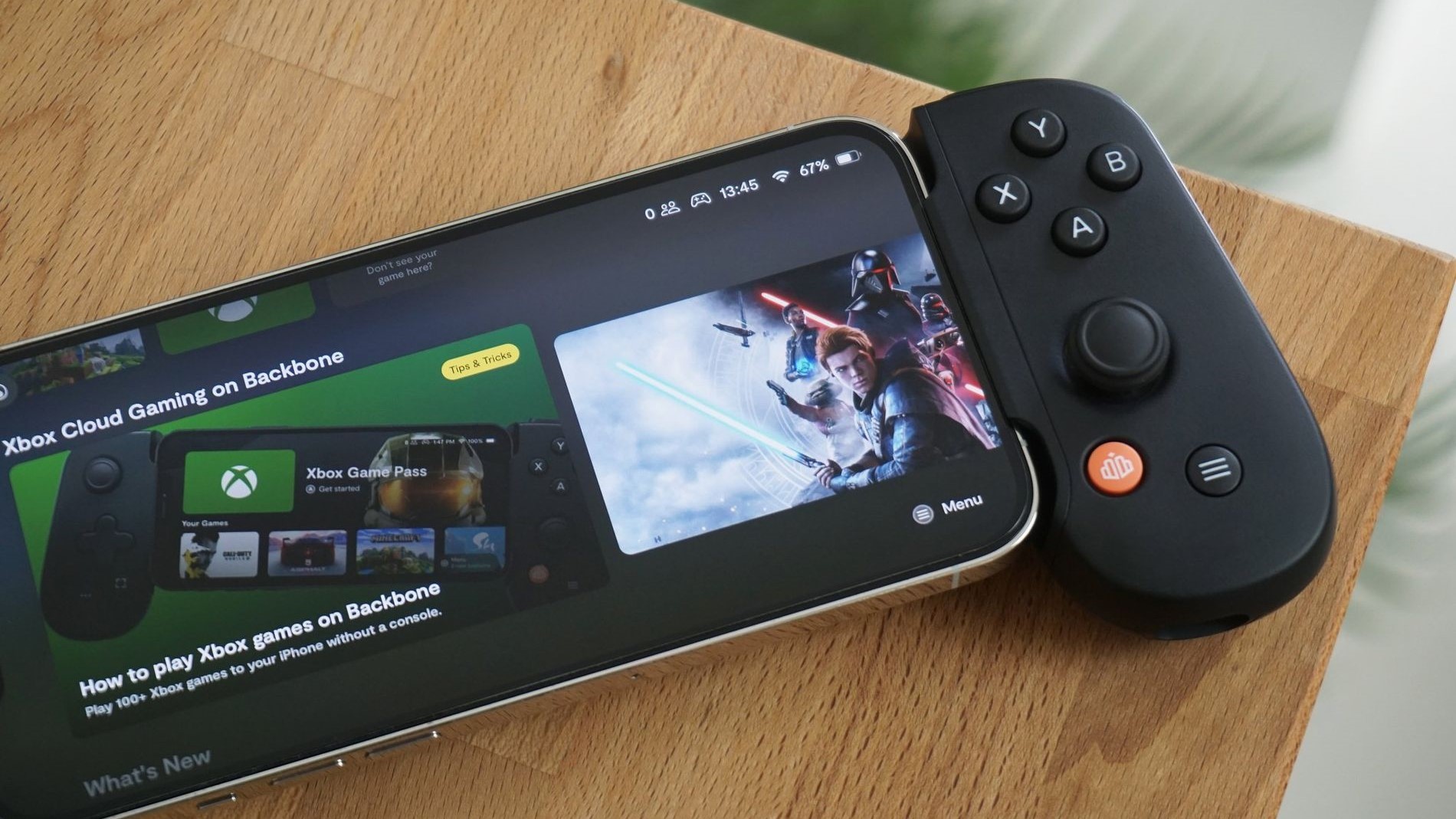Should Microsoft ditch Windows Mobile and embrace Android?
Android is the world's most used mobile OS, and Microsoft is the world's premiere software and platform company. To some, that sounds like a match made in heaven.
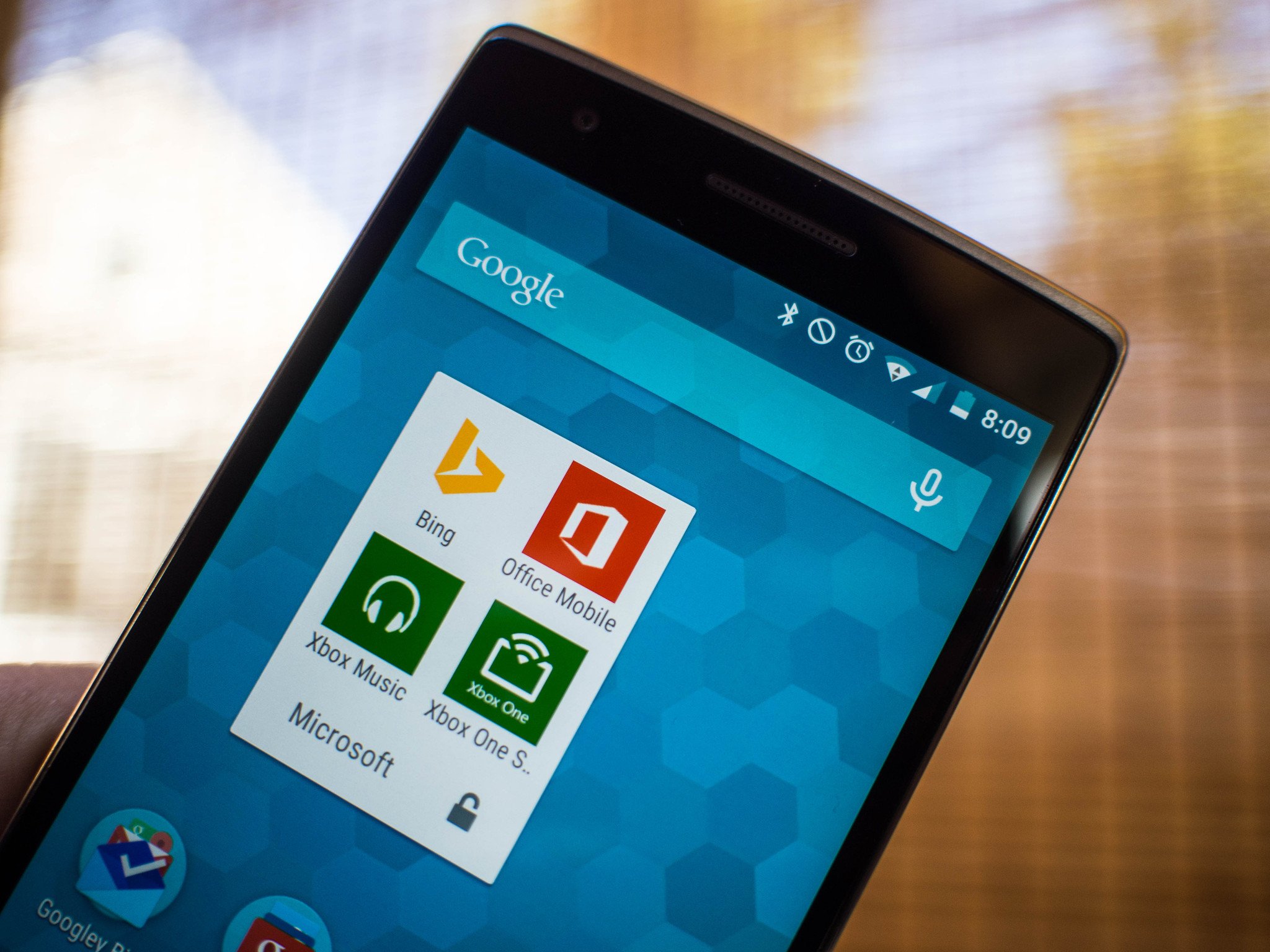
This is especially true when you consider that Microsoft's current Windows-on-phone OS, Windows 10 Mobile, is fairing just as poorly as its predecessors. Like Pocket PC, Windows Mobile, and Windows Phone, Windows 10 Mobile has failed to deliver Microsoft's products and services to the mobile masses.
The ideal position for a company that hopes to be represented in the mobile space is that it has a market-accepted mobile platform, integrated first-party products and services, and a robust third-party supported ecosystem. Microsoft only has the second of the three. Even with that, scorned fans will be quick to point out that many first-party Microsoft products, like Office Sway, make it to iOS and Android but never come to Windows phone.
Given the state of Windows Mobile and Microsoft's cross-platform commitments, many Microsoft watchers believe that Microsoft should abandon its Windows-on-phone vision and use Android instead. Some would even argue that Microsoft is showing signs of doing just that. Are they right?
Microsoft is leeching royally off of Android
Despite the competitive challenges it brings to the table, Android has been good for Microsoft. The company collects royalties from various Android OEMs due to a patent licensing agreement.
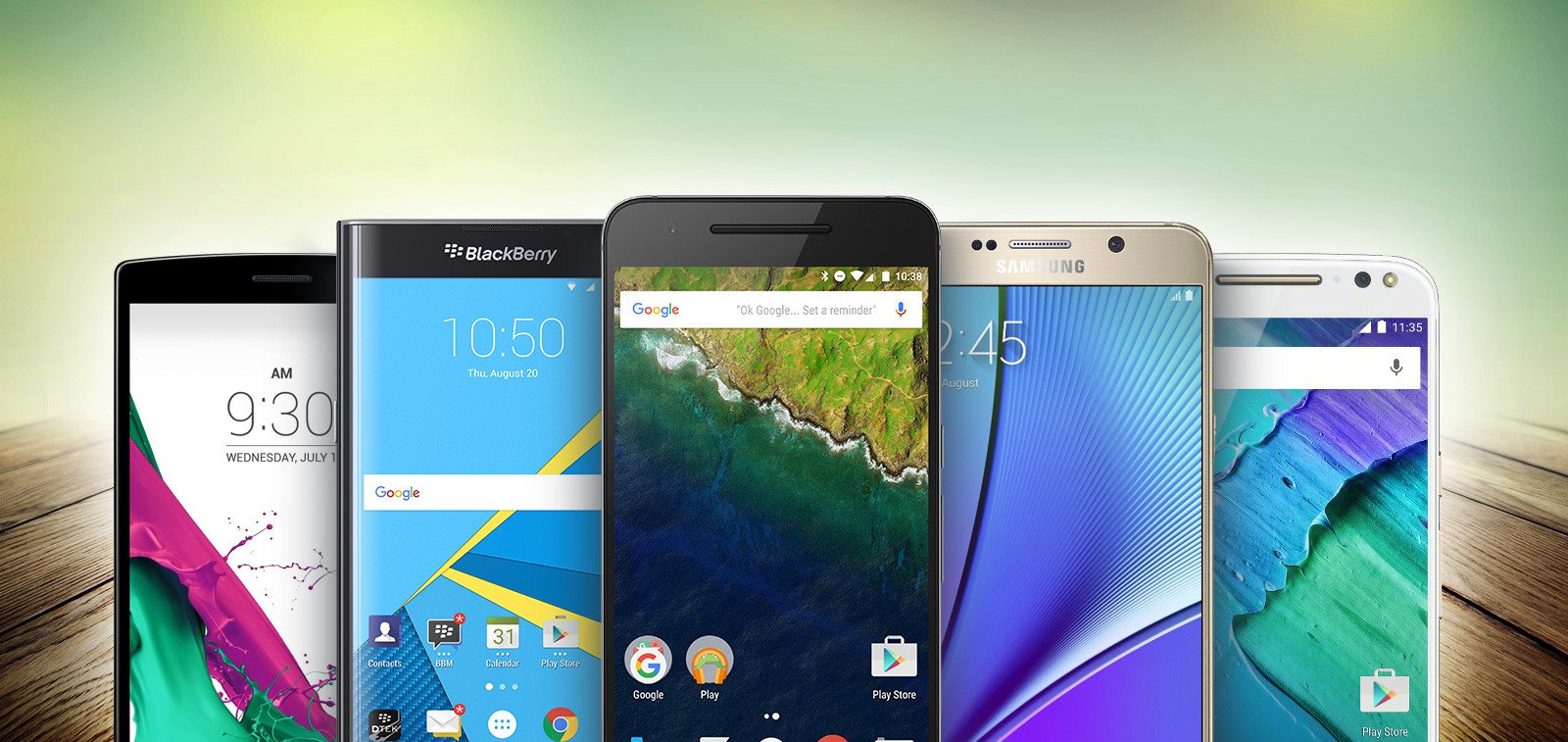
The estimated billions of dollars in yearly revenue these royalties add to Microsoft's bottom line (though dwarfed by Microsoft's core business revenue) are certainly a motivation for Microsoft to hope for Android's continued success. Though, perhaps not to the extent that that success is detrimental to Microsoft's personal computing goals.
Additional revenue isn't the only benefit Android provides Microsoft. According to Microsoft's Chief Experience Officer Julie Larson-Green, "Android is a great platform for rapid experimentation." The platform's openness and the vast number of users make it ideal for testing new features.
Thus, Microsoft's investments in garage apps such as its Next Lock Screen and Arrow Launcher for Android are not end goals in themselves.
Get the Windows Central Newsletter
All the latest news, reviews, and guides for Windows and Xbox diehards.
The depth to which Microsoft can access the Android OS (compared to the limits of iOS) allows the company to create useful Android apps, which also provide opportunities for tremendous feedback for features that later make it to Microsoft's core products. Larson-Green explained:
… [B]y handling it as a separate app first, it means that they won't accidentally ship a half-baked or just user-unfriendly feature to the millions of Windows users out there.
This explains Microsoft's Android focus on garage apps. But what of Microsoft's other decisions that some interpret as suggestive of the company's progression toward Android?
Becoming Android
Concerned Windows phone enthusiasts needn't look far to find evidence that Microsoft is testing the Android waters. Shifts in UI design of Window Mobile from the bold, sweeping, cascading text we fell in love with, to hamburger menus and an Android-esque aesthetic signal that Microsoft is slowly abandoning its unique mobile vision.
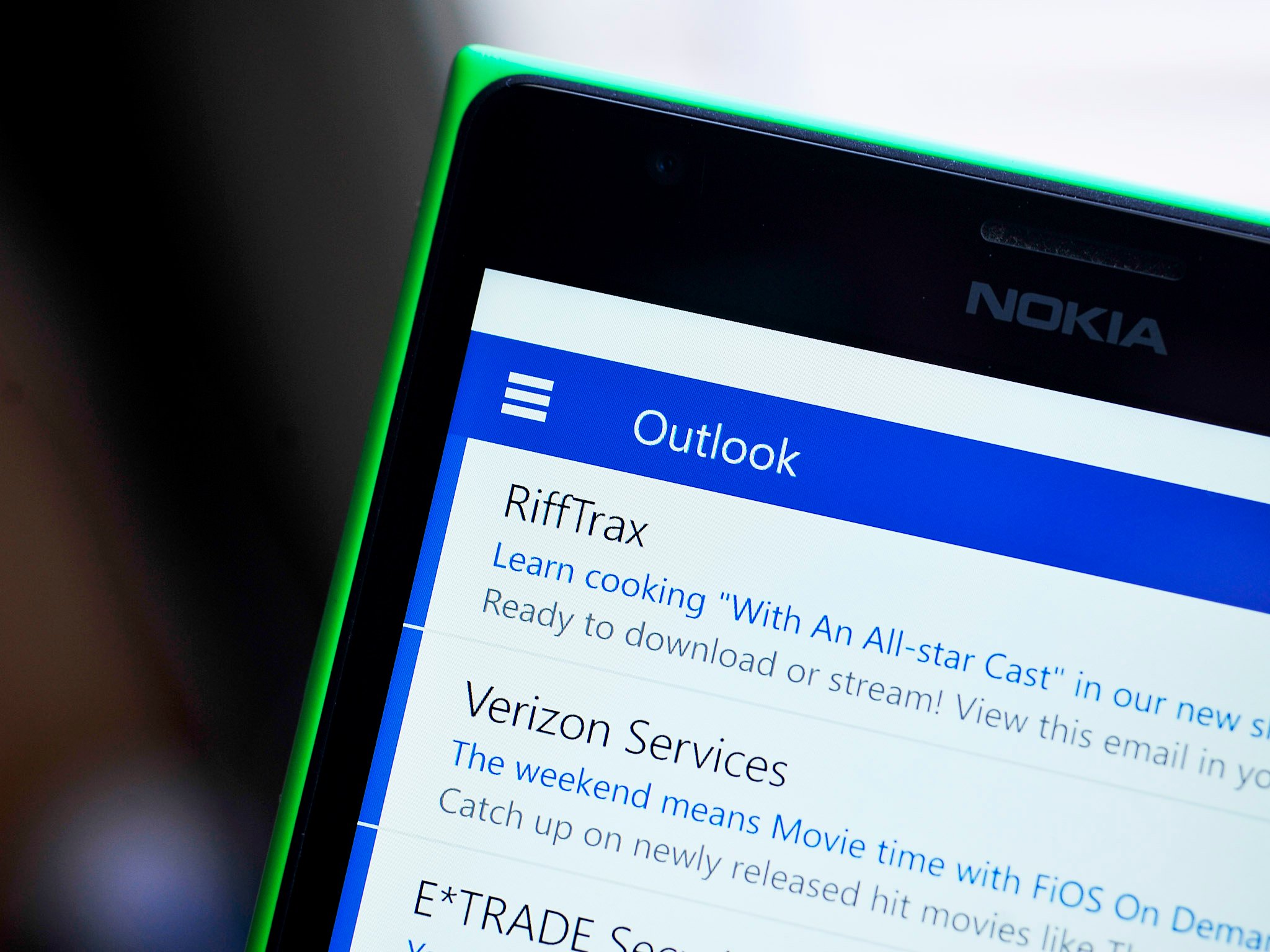
The explanation that Microsoft was hoping to appeal to Android developers by making Windows phone UI elements more consistent with Android apps didn't satisfy some critics of the decision, especially since Android developers never took advantage of the shift.
Microsoft's Windows 10 Companion app may also be interpreted by some as the company's lack of faith in its mobile platform. The app helps smartphone users download Microsoft apps to their smartphones with the hope of integrating those users more deeply into Microsoft's ecosystem.
This investment coupled with the often-criticized strategy of exclusively bringing apps to iOS and Android can be seen as Microsoft hedging its bets in case Windows Mobile fails.
If Windows phone fails, Microsoft's phone companion app may herald Microsoft's plan B
Best on Windows?
Some would argue that if this is not the case, Microsoft CEO Satya Nadella's promise of a "best on Windows Microsoft experience" would dictate a prioritizing of Microsoft apps on Windows.
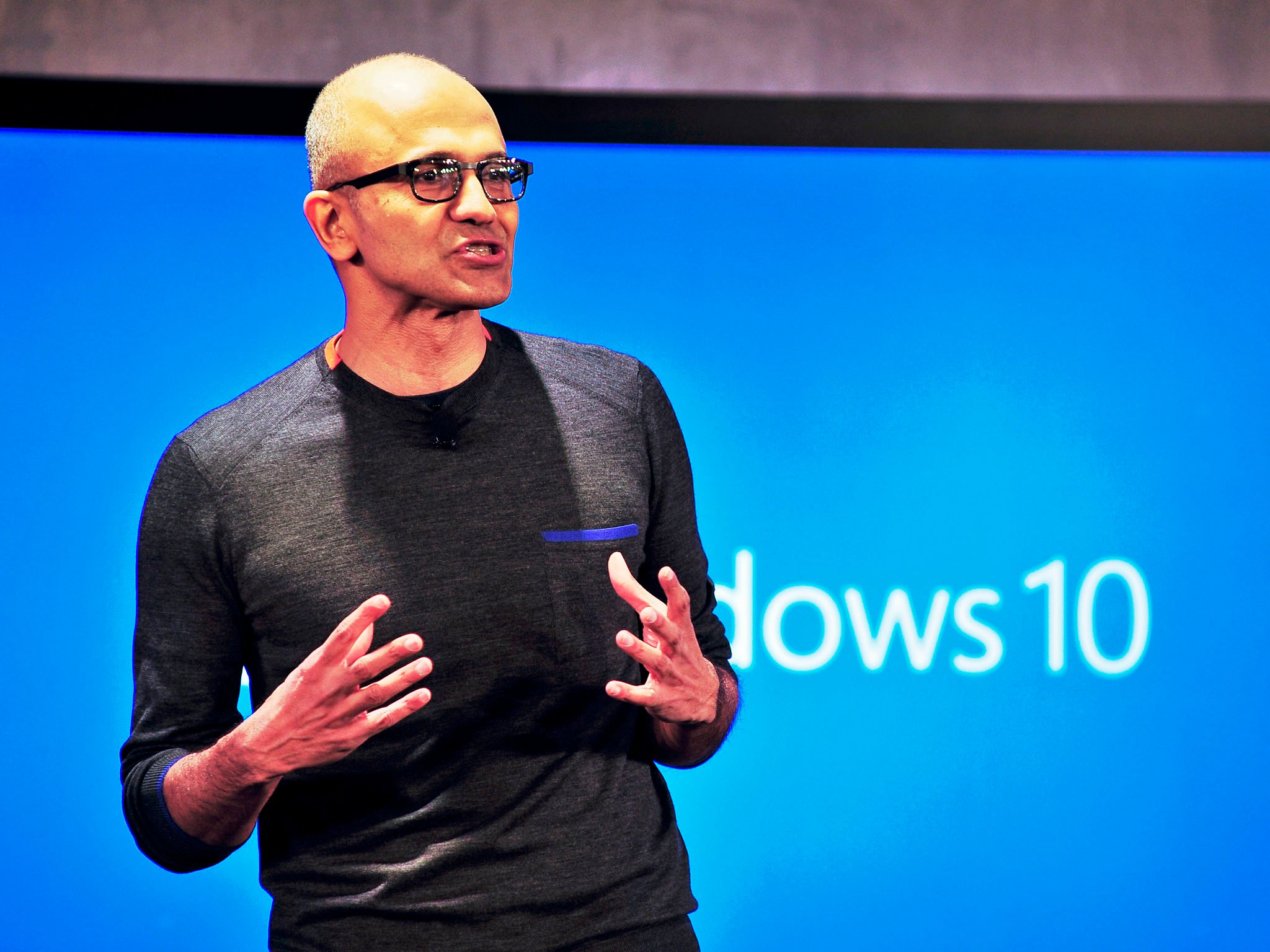
The growing number of Microsoft apps in the Google Play Store (and App Store), while Microsoft fails to bring its own apps to the Universal Windows Platform (UWP) causes many to question the company's priorities.
The integration of Android with Windows 10 services such as Cortana and notifications also suggests to some that Microsoft may be preparing to abandon Windows Mobile.
Cyanogen, Microsoft cozying up with Android
Microsoft had a partnership with Cyanogen (which, after a major shakeup is now Lineage, a U.S.-based company that produced Android-based firmware for mobile devices.
This partnership, which saw the bundling of Microsoft apps and integration of Microsoft services in the Android-based Cyanogen OS, also suggests to some that the company was testing how well Microsoft products and services might integrate with Android. Former Cyanogen CEO Kirt McMaster was excited about bringing "new kinds of integrated services to mobile users in markets around the world."
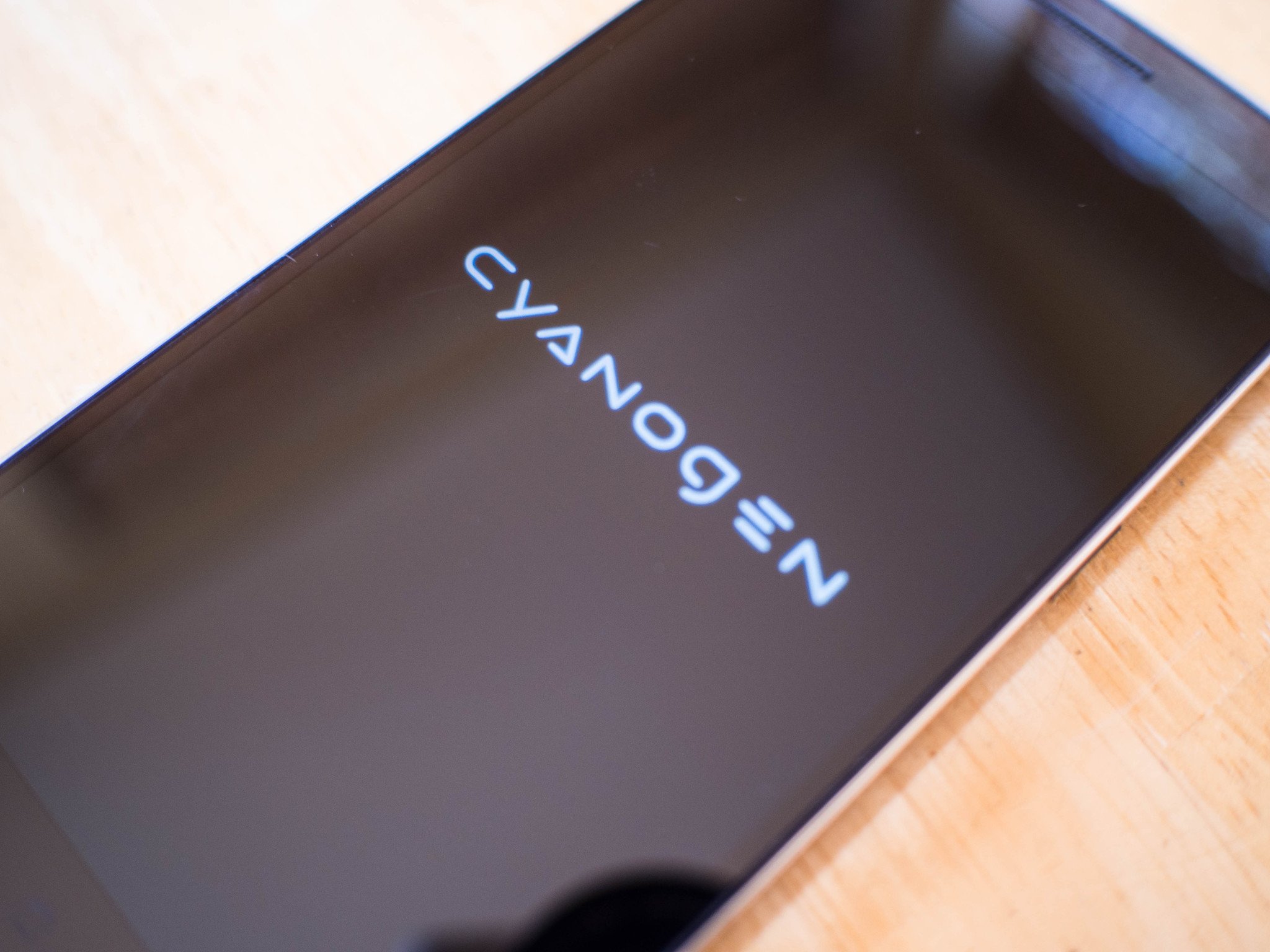
Microsoft passed on financially investing in Cyanogen, and as Lineage it's no longer the company that entered into a partnership with Microsoft. Despite these shifts, Microsoft gleaned valuable data from the relationship. Deep OS-level integration of products and services like Cortana within the Cyanogen OS undoubtedly helped Redmond to, at least in part, bring a non-Google, Android-based vision of a Microsoft-focused mobile OS, reminiscent of the Nokia X, into view.
"Microsoft's" Samsung Galaxy S8
Samsung's Galaxy S8 is a beautiful phone, and Windows Central hasn't been shy about acknowledging its appeal. Microsoft, which is offering a Microsoft version of this Android-based phone in its retail stores, where Windows-based phones are ironically absent, also recognizes the phone's consumer appeal.
This arrangement may appear to be a sure sign that Microsoft is abandoning its mobile platform for Android. Microsoft's long play, however, even if its mobile platform was a success, would likely entail imbuing competing platforms with its products and services.
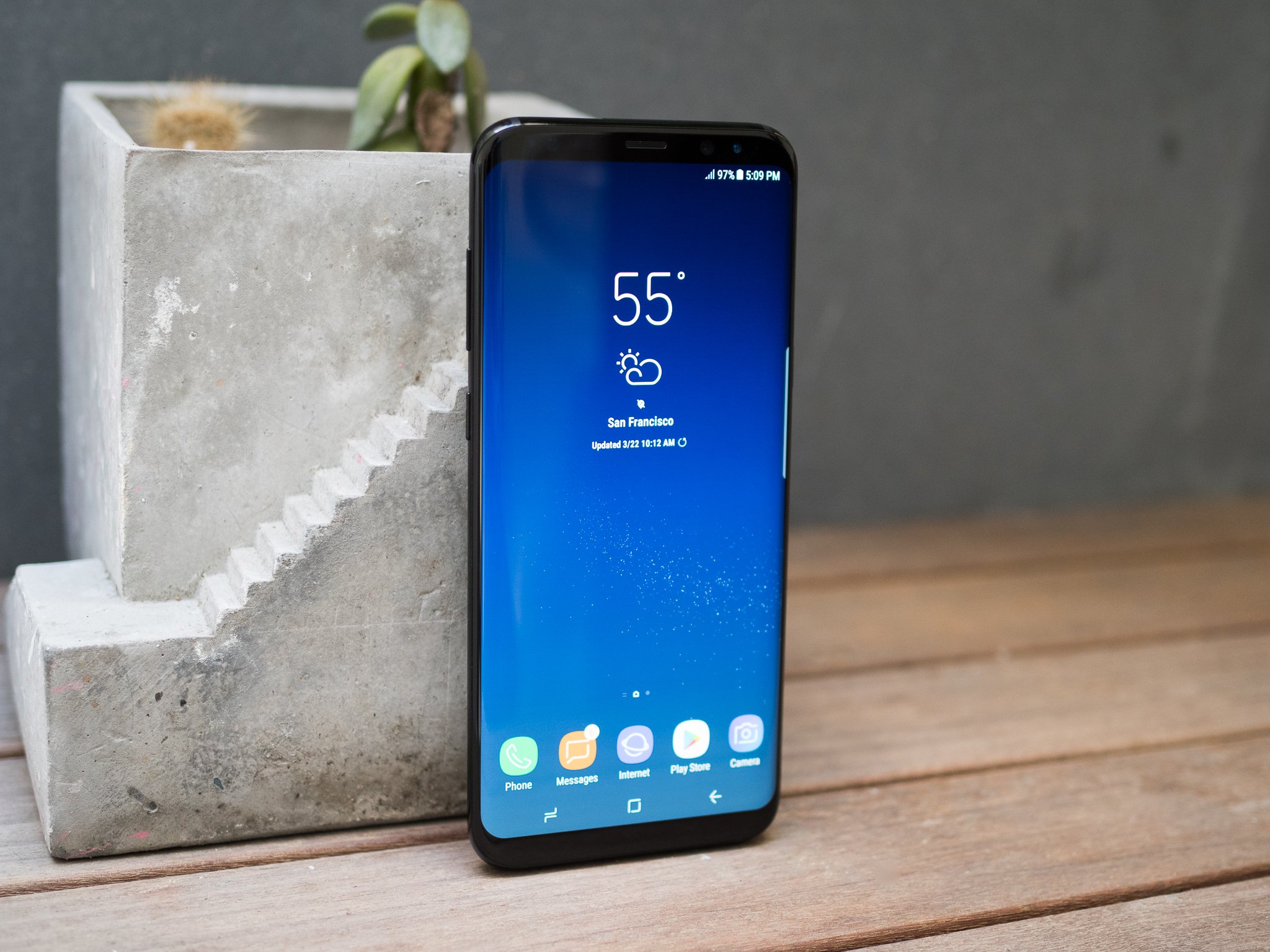
The controversial positioning of an Android device in a Microsoft Store is harder to defend. But that too could be envisioned as a strategy.
Let's not forget, however, that in 2015 Samsung and Microsoft ended a court dispute over Android royalties the Korean-based company was obligated to pay Microsoft. The full terms of the outcome of that case were never disclosed. Perhaps, this Microsoft version of the S8, with a prime spot in the physical store, is part of what resulted from that case. Then again, the Xiaomi Mi 5s Plus Android phone is being sold through the Chinese Microsoft Store.
Some might deduce that Microsoft's foray into Android with garage apps and Cyanogen, and its prioritization of cross-platform investments above Windows, suggest that the company is using the S8 and Mi 5s Plus to set the stage for an eventual Microsoft branded Android smartphone in the Microsoft Store. But I doubt it.
Few companies have the resources to fork Android, Microsoft is one of them
"Forking Android" is when an OEM uses the free Android Open Source Project (AOSP) code to run devices with a Google-less Android OS. Simply put, when an OEM chooses not to use Google's version of Android, official access to the Google Play Store and the suite of popular Google apps and services are not part of the package.
Without those value-adding products and services, which have become almost synonymous with "Android," the Google-enriched version is not the Android you get. It is more of a no-frills version in need of a range of products, services and an app store.
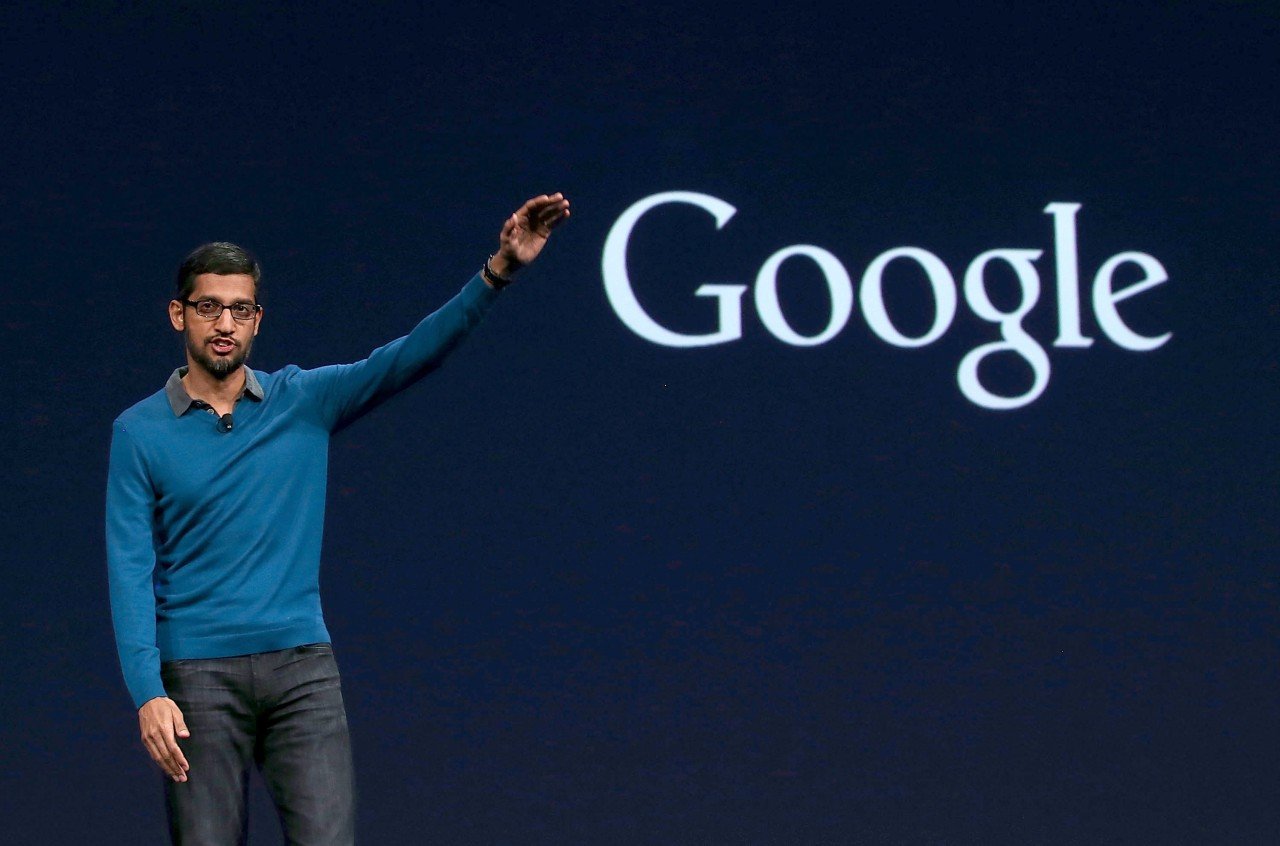
Companies like China-based Xiaomi and online retailer Amazon used vast resources to succeed with a Google-less version of Android. Microsoft, with its broad range of software and virtual product-for-product alternatives to Google's range of first-party offerings, is arguably well-positioned to fork Android, as well.
Through persistent cross-platform offerings of its products and services, Microsoft has potentially positioned itself to be a "first-party" developer of a homegrown Android platform. Additionally, with Microsoft Garage and other original apps, the company has indisputably proven that it can create compelling new apps specifically geared for Android that also integrate with Microsoft's other services. (Arrow Launcher's Office 365 integration is an example.)
Forking Android can get complicated
One challenge Microsoft would face if it switched from Windows Mobile to Android is another blow to its tenuous relationship with developers. Some developers have suffered through a series of breaks in OS continuity over the years as Windows Mobile evolved toward OneCore.
Developers don't love Windows. Can Microsoft mend the relationship?
The UWP
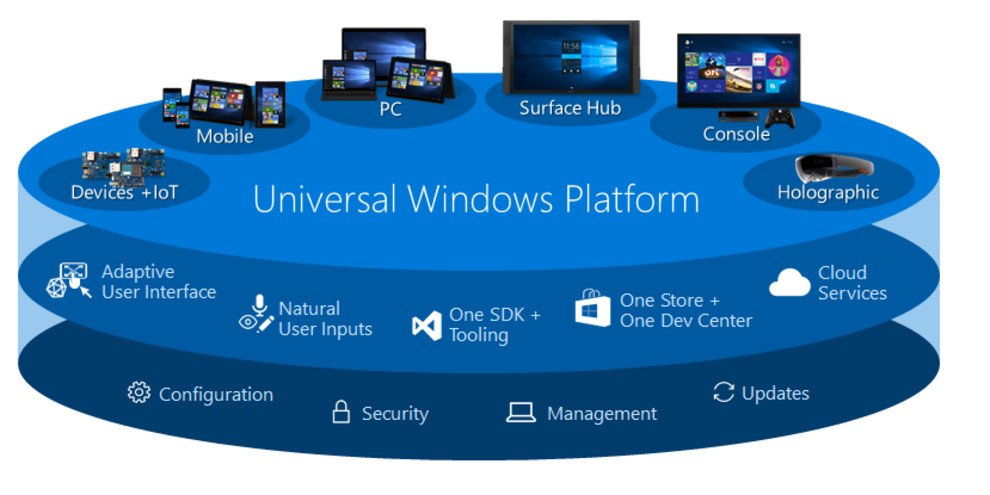
Microsoft has been promoting OneCore, the UWP and writing code once for all form factors for two years. If Microsoft made an about face and embraced Android, it would likely lose all credibility with developers and many others in the industry who believe in Microsoft's UWP vision.
A Microsoft-branded Android smartphone, though capable of integrating with the Windows ecosystem, would cut the mobile component of UWP out of the picture. This can't be Microsoft's plan.
Maintaining multiple apps
For those developers who may embrace Microsoft's Android, challenges remain. For instance, a developer who buys into Microsoft's platform will have likely also embraced Google's version. Here's the problem: Some apps tie into certain services, like Google Maps, to work. A developer may find that his Google app requires an update but that the same app on Microsoft's platform does not (or vice versa), because of an update to Google Maps (or another service).
Thus, in some situations, a developer may feel like he is maintaining an app on two different platforms.
What's in Store?
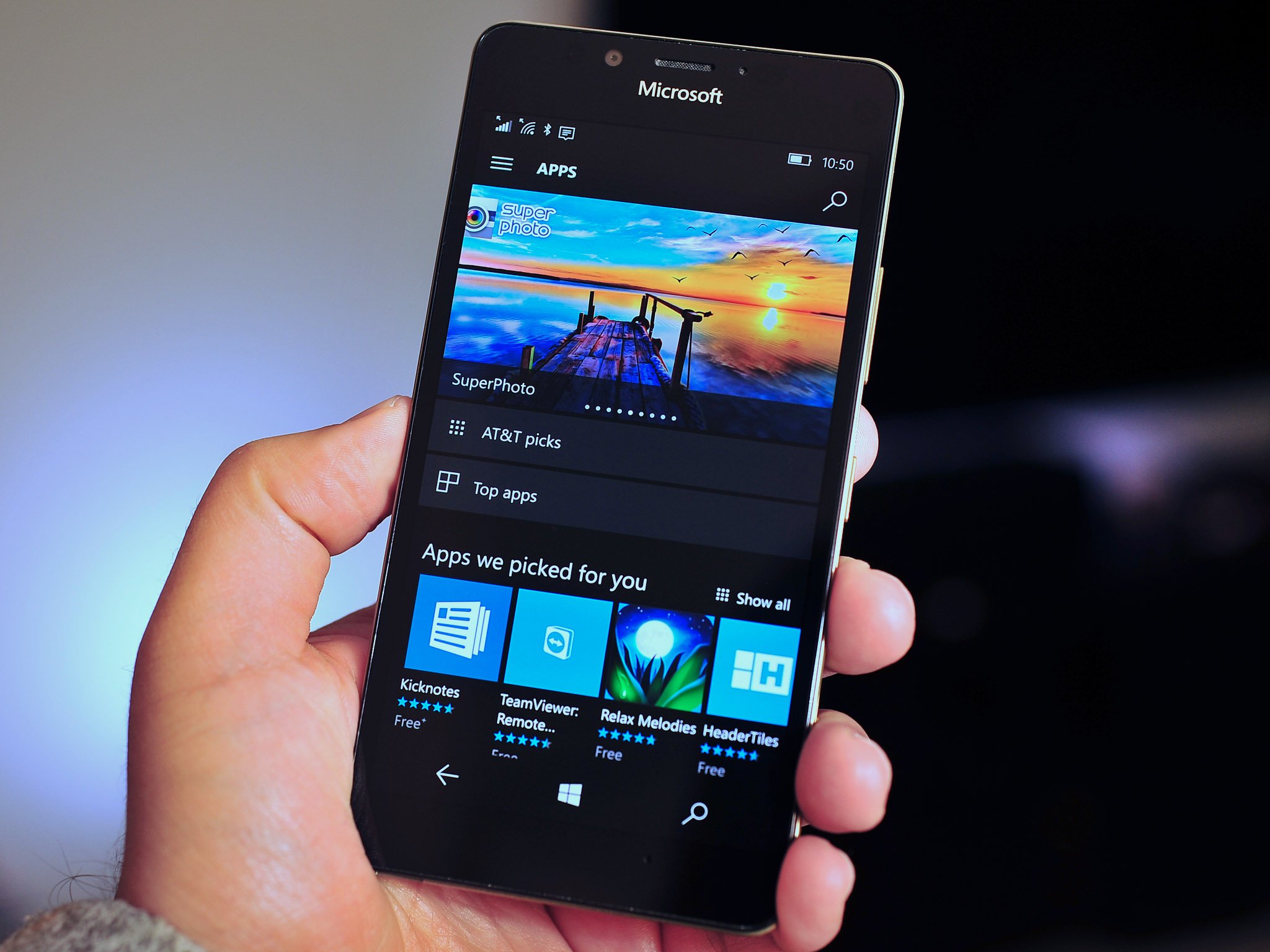
A switch to Android would severely impact the already poorly supported Windows Store. Some angry developers would undoubtedly abandon the platform (and Store) outright. Furthermore, Microsoft would have to build an Android Store to serve mobile, while the current Store continues to serve full Windows. After all of the work that has and is going into unifying the Store, I don't envision Microsoft making a move that would damage the infrastructure, logistics and goodwill those efforts established.
Obligated OEMs
Finally, OEMs that currently build Google-powered Android phones can't embrace building a non-Google Android phone without Google cutting that OEM's access to the Play Store and Google services. Most OEMs would likely stick with the Android services they and their customers know, rather than risking a loss by gambling on Microsoft's version of Android.
So should Microsoft fork Android?
Despite what some may interpret as indications that Microsoft is moving to Android, I contend that it is not, nor should it.
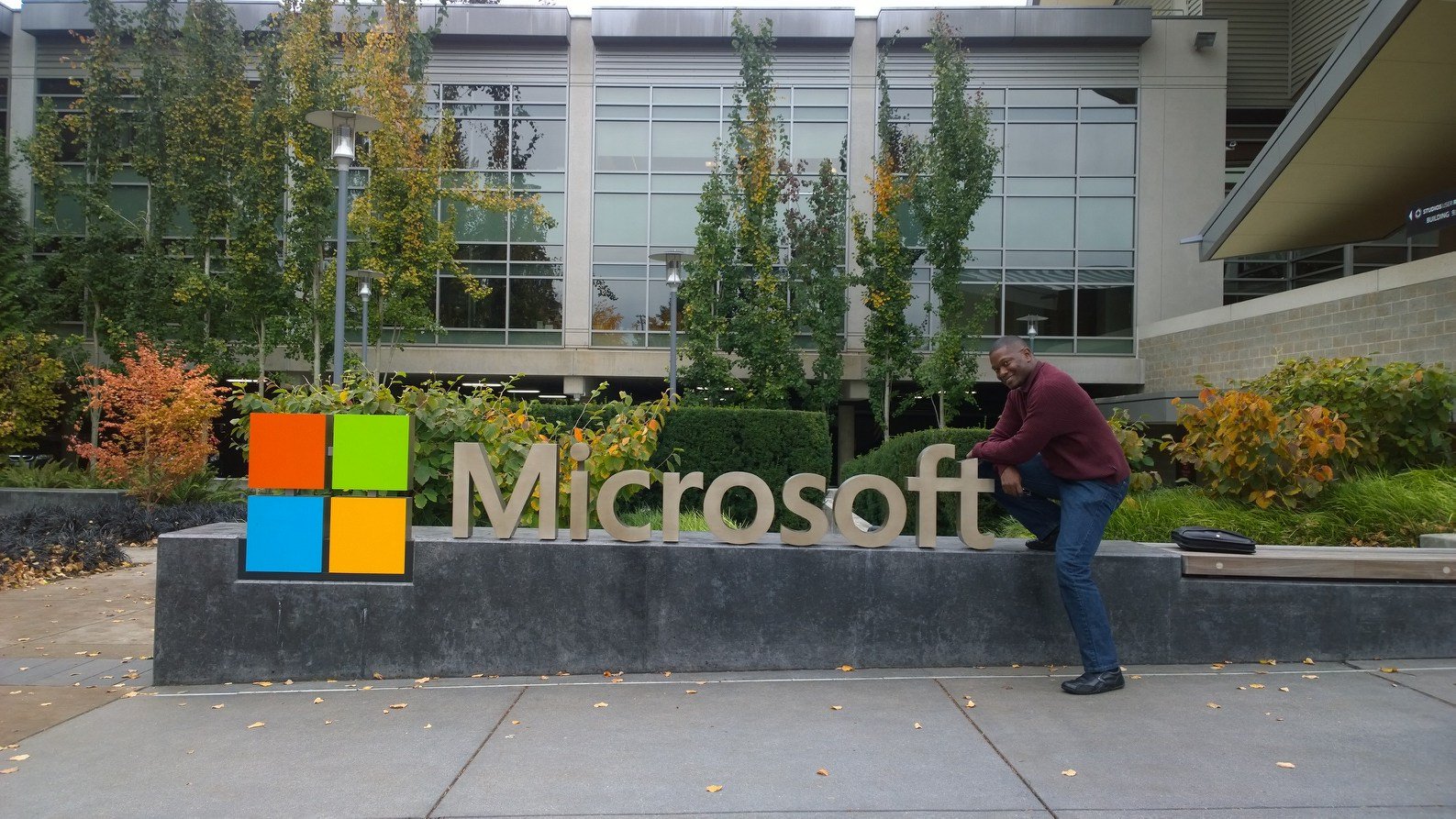
Clearly, a devastated UWP, further damaged developer relations, a chaotic Windows-Android Store duality, and poor OEM support strongly suggest that Microsoft forking Android is a bad idea. I see Microsoft pursuing full Windows-on-mobile on an ARM-based ultimate mobile device.
But that's just my opinion. What's yours?
I also wrote:
Why Android is a serious problem for Microsoft
No, Windows phone isn't dead and it may never die
What Android and iPhone users need to know about Windows phone
Developers don't love Windows. Can Microsoft mend the relationship?
Jason L Ward is a columnist at Windows Central. He provides unique big picture analysis of the complex world of Microsoft. Jason takes the small clues and gives you an insightful big picture perspective through storytelling that you won't find *anywhere* else. Seriously, this dude thinks outside the box. Follow him on Twitter at @JLTechWord. He's doing the "write" thing!

